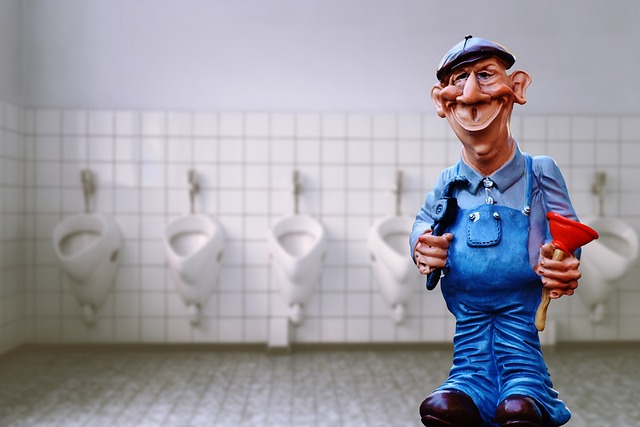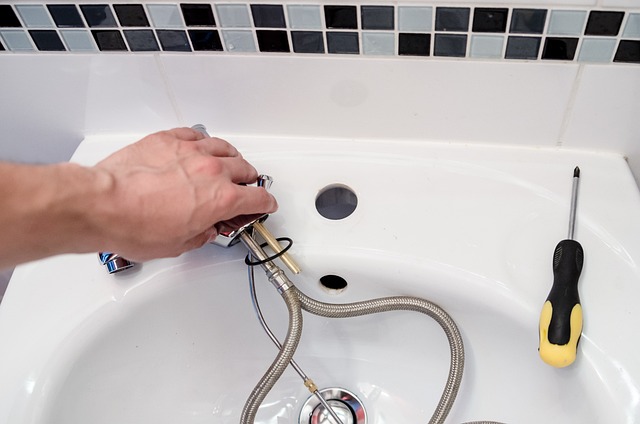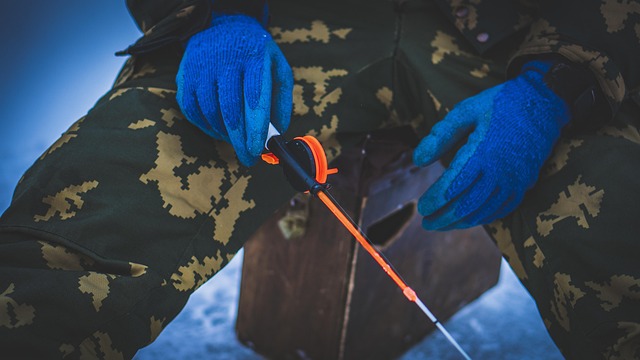Water heaters frequently face common plumbing issues like reduced hot water flow, unusual noises, leaks, and odors caused by mineral buildup, faulty dip tubes, or heating elements. Delayed reheating may indicate failing elements or a malfunctioning thermostat. Proactive maintenance and timely repairs prevent escalation of these problems, ensuring consistent access to hot water. Regular checks and simple troubleshooting steps can help resolve issues like lukewarm water. Consult a professional plumber for complex problems.
Water heater problems can range from minor inconveniences to major emergencies. If you’re dealing with no hot water, lukewarm streams, or temperature control issues, don’t panic. This guide tackles common plumbing issues and offers solutions for quick fixes and long-term prevention. Learn how to identify problems like leaks and water damage, relight a pilot light, reset your heater, and even insulate your tank for energy efficiency. By addressing these common water heater problems proactively, you can get hot water fast and keep your home’s plumbing running smoothly.
Identifying Common Water Heater Problems

Water heaters are an essential part of our daily routines, so when they start showing common plumbing issues, it can disrupt our normal lives. Identifying problems early on is crucial to avoid more severe and costly damages. Some of the most frequent water heater problems include reduced hot water flow, which could be due to mineral buildup or a faulty dip tube. Another typical issue is unusual noises coming from the heater, indicating potential problems with the heating elements or tank corrosion.
Leaking water around the base of the heater or strange odors are also common plumbing issues warranting immediate attention. If your water heater is taking longer than usual to reheat, it might be a sign of a failing heating element or a malfunctioning thermostat. Regular maintenance and timely repairs can prevent these problems from escalating, ensuring you have access to hot water whenever you need it.
– No hot water

If you find yourself without hot water, it could be due to several common plumbing issues. One of the most immediate culprits is a thermostat set too low or a faulty heating element. This can result in lukewarm or no hot water at all, despite your water heater being turned on. Another potential problem is a buildup of sediment at the bottom of the tank, which can restrict water flow and reduce efficiency, leading to insufficient heating.
In addition to these, the dip tube—which directs cold water to the bottom of the tank—may be cracked or broken, preventing proper heating and mixing of water. Moreover, an old or corroded heater can no longer maintain temperature effectively. Regular maintenance, including flushing and cleaning, can help prevent many of these issues. If you suspect a problem, it’s best to consult a professional plumber for a thorough diagnosis and solution.
– Water is only lukewarm

If your water heater is failing to provide hot water, one of the most common issues you might encounter is water that’s only lukewarm. This often indicates a problem with either the heating element or the thermostat. The heating element is responsible for warming the water, and if it’s malfunctioning, your water may not heat up sufficiently. Similarly, an incorrect setting on the thermostat can result in the water reaching the right temperature but not staying hot enough.
When this occurs, it’s advisable to check both the heater’s settings and the element’s condition. Adjusting the thermostat could be as simple a fix as ensuring it’s set to the correct temperature. However, if the issue persists, inspecting the heating element for any signs of damage or corrosion may be necessary. Regular maintenance checks can help prevent such common plumbing issues, ensuring your water heater operates efficiently and provides hot water when you need it.
Facing common water heater problems can be frustrating, but with quick troubleshooting, you can often get hot water flowing again in no time. Whether it’s a lack of hot water or merely lukewarm temperatures, identifying and addressing these issues efficiently is key to maintaining a comfortable home environment. Remember that many solutions involve simple adjustments or easy DIY fixes, allowing you to tackle common plumbing issues head-on without professional help.
